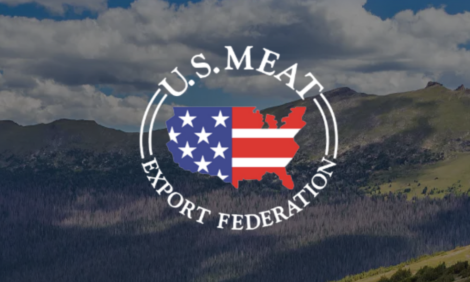|
Need a Product or service?
|
|

Ron Plain |
USDA's December hogs and pigs report contained little that will cause hog producers to look forward to 2004. Most of the key inventory numbers were at the high end of pre-release trade estimates. This latest survey of the nation's swine herd presents an interesting set of extremes. USDA has reported the nation's swine breeding herd to be below 6 million head only 3 times in the last 120 years - in their March 2003 report, in their September 2003 report and in the December 2003 report. Yet, if the latest report is accurate, U.S. hog slaughter should exceed 102 million head in 2004, for the first time ever.
What explains record hog slaughter when the sow herd is the smallest since the 1800s? Increasing productivity. Pork production per sow is accelerating again. It grew very fast in the late 1990s but slowed during the first part of this decade.
The December hog report indicates that pigs per litter (for the 12 month period ending on November 30) averaged 8.88, up 0.7% from 2002's number, which was 0.01 pigs per litter lower than in both 2001 and 2000.
Litters farrowed per animal in the breeding herd averaged 1.89 in 2003, up 1.83% from the year before. This was the largest year-over-year increase since 2000.
Pigs per breeding animal (i.e. pig crop divided by the breeding herd) averaged 16.81 head in 2003, up 2.45% compared to 2002 and 3.9% larger than in 2001.
Slaughter weights are also increasing. It looks like the average dressed weight for barrows and gilts slaughtered this year will be 194.7 pounds, up 0.7% compared to 2002.
Put all this together, and it looks like pork production per sow is roughly 3% higher this year than last.
Since 1930, the growth in demand for U.S. pork (due largely to more people to feed each year and export growth) has been relatively steady at 1.5% per year. Productivity growth of 3% per sow when demand is growing only 1.5% means that we need to downsize the sow herd by 1.5% each year in order to hold increased production in line with increased demand. Needless to say, continually reducing the number of sows is not an easy task in an industry that has a lot of producers who feel they need to get bigger to remain competitive.


















